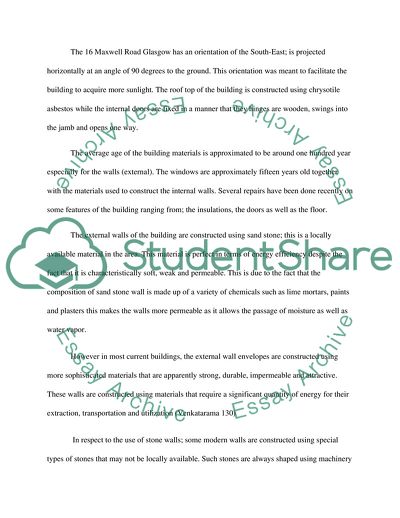Cite this document
(Sustainability and Built Environment: The 16 Maxwell Road Glasgow Case Study - 1, n.d.)
Sustainability and Built Environment: The 16 Maxwell Road Glasgow Case Study - 1. Retrieved from https://studentshare.org/architecture/1778869-sustainability-and-built-environment
Sustainability and Built Environment: The 16 Maxwell Road Glasgow Case Study - 1. Retrieved from https://studentshare.org/architecture/1778869-sustainability-and-built-environment
(Sustainability and Built Environment: The 16 Maxwell Road Glasgow Case Study - 1)
Sustainability and Built Environment: The 16 Maxwell Road Glasgow Case Study - 1. https://studentshare.org/architecture/1778869-sustainability-and-built-environment.
Sustainability and Built Environment: The 16 Maxwell Road Glasgow Case Study - 1. https://studentshare.org/architecture/1778869-sustainability-and-built-environment.
“Sustainability and Built Environment: The 16 Maxwell Road Glasgow Case Study - 1”. https://studentshare.org/architecture/1778869-sustainability-and-built-environment.


